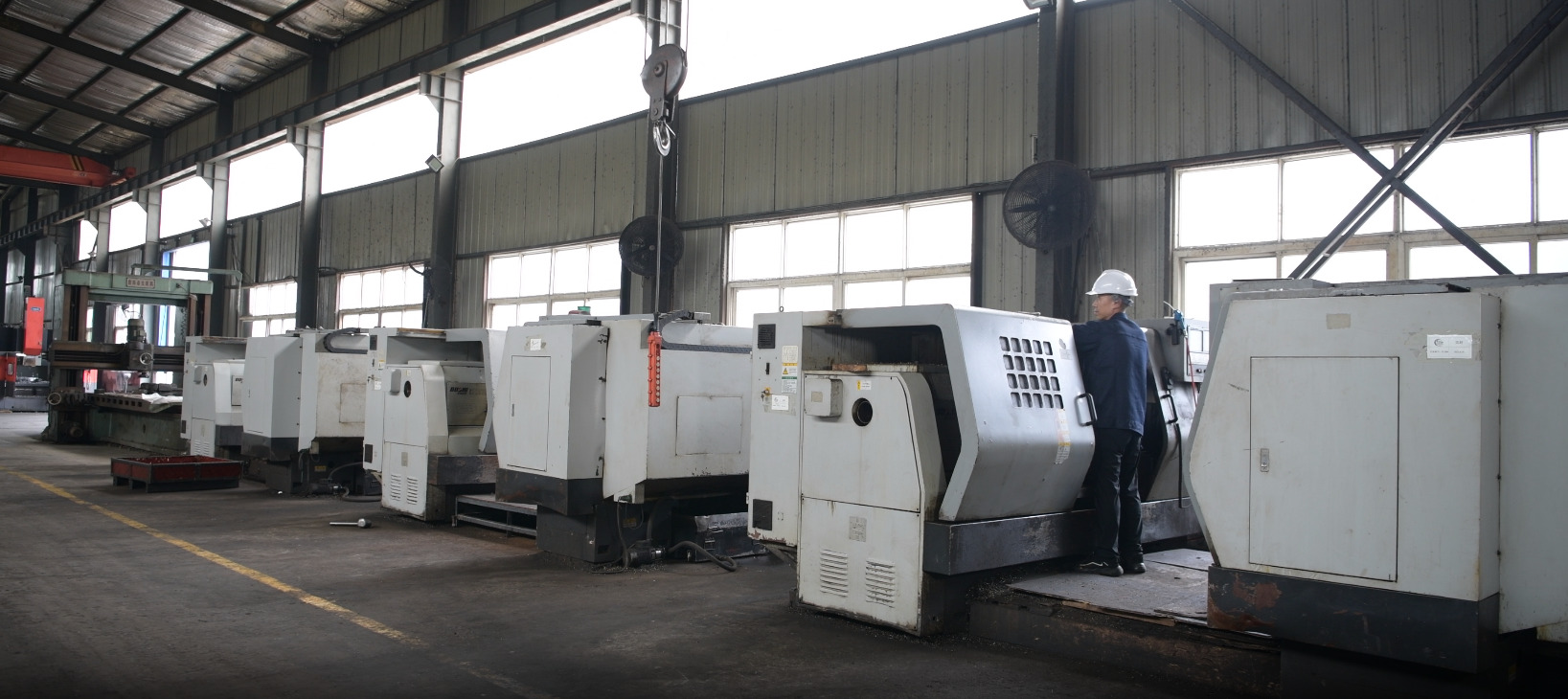Share this
The specific meaning of “flange machining” may vary depending on the context. Generally speaking, “flange” refers to a structure that connects two objects and transmits force. It is usually used for the connection of pipes, valves, pumps and other equipment. “Machining” is the process of cutting, shaping, grinding and other processing of workpieces through mechanical means.
Therefore, “flange machining” may refer to the process of machining flange parts. This may include using mechanical equipment such as lathes, milling machines, drill presses, etc. to perform precise cutting, hole machining, surface treatment and other operations on the flange to meet the requirements of a specific project or design.
In specific operations, the steps for flange machining may include:
1. Design and Planning: Design the drawings of the flange according to the engineering requirements and plan the processing steps.
2. Material preparation: Select appropriate materials and prepare raw materials for the flange.
3. Machining: Use machine tools to perform cutting, milling, drilling and other processing operations, and adjust the shape of the flange according to the design requirements.
4. Heat treatment (if required): For specific requirements, flanges are heat treated to change their physical properties.
5. Surface treatment: Grind and polish the surface of the flange to improve its surface quality.
6. Inspection and quality control: Inspect the processed flange to ensure that its size, shape and surface quality meet the design requirements.
7. Assembly: Assemble the processed flange with other equipment or pipe components.
Please note that specific steps and operations may vary depending on the type of flange, its purpose, and the processing plant’s equipment and processes.

